The content of the article
Butterfly Mulberry silkworm is one of the most famous insects in the world. Initially, they appeared in the Himalayas and were wild, today this type of butterfly is considered a domesticated species. This process took place a very long time ago, approximately in the third millennium BC.
Silkworm breeding is widespread. For this, mechanized farms for the production of yarn are created, from which later real silkworm silk is obtained.
Characteristics, habitat
These butterflies have become famous for their uniqueness. They make cocoons, which in the future people use as material for making real silk. The insect silkworm is directly related to the genus Silkworms. The silkworm belongs to the butterfly family.
As for the habitat, this is Asia, preferably the Southeast Territory, with subtropical climatic conditions. Less common can be found such an insect in the Far East, in places with approximately the same climate. In order to make silk, people learned to breed an insect in other regions, the only condition for living is the presence of such a tree as mulberry, since the silkworm feeds only on it. The life span of such a butterfly is up to 12-13 days. And the fact that such a butterfly does not fly, it simply does not know how to do this, will be interesting.
Life cycle
Despite many advantages, the Mulberry silkworm is one of the most famous pests in the garden. It is not so easy to get rid of it, for any gardener the appearance of such a butterfly in the garden is by no means a joyful event, this is the beginning of a real disaster.
The life cycle of a silkworm butterfly consists of four stages and lasts about 2-2.5 months. Mulberry silkworm is a practically motionless insect whose purpose in life is to lay eggs. A female insect can lay up to 650 pieces at a time. Egg laying in time takes about three to four days.
Insect species
In nature, quite a few varieties of the Silkworm insect are found. The most famous:
- Silkworm nun - usually found in forests. The wings of this type of insect are black and white, dark gray, the mustache has long notches. The breeding season is only in the summer period once every 12 months. For the coniferous forest, this caterpillar is not favorable, it causes significant harm, as it applies to such trees as oak, birch, beech.
- The silkworm is ring-shaped - it got this name because of the peculiar masonry of the egg-shaped form. Debugs eggs up to three hundred at a time. The worst enemy for apple trees. In appearance, a light brown, dirty yellow butterfly covered with fluff. Specifically, the cocoons of this silkworm are used to make silk.
- Silkworm pine - the main enemy of pine, can destroy a tree. The wings of this type of insect are dark brown, very similar to the color of the bark of pine trees. In size, one of the largest species of butterflies. A female with a wingspan can reach 10 centimeters, and a male up to 7 centimeters.
- Silkworm unpaired is one of the most dangerous pests in the world. Such an insect can destroy up to 3500 thousand plantings. This name was given to him because the sizes of the female and male are too different.
Diet
Basically, the Silkworm diet consists of the leaves of a tut tree. The larvae that the female debugs have an insatiable appetite, therefore they eat a lot and increase too quickly in growth. Silkworms can also feed on figs, ficus leaves, milk tree, and many other plantings. Those butterflies that are in captivity can also eat lettuce, which very badly affects their health and the whole life cycle, and, accordingly, the offspring. Today, experts are developing a special universal food that will be suitable for all types of silkworm, both in freedom and in captivity.
Life cycle and reproduction
Silkworm in the breeding method is no different from the breeding method of other butterflies. After the female lays eggs, the appearance of the first caterpillars should be expected within ten days. If the insect is in captivity and reproduction does not occur naturally, but artificially - a certain temperature of about 24-27 degrees must be observed. The silkworm butterfly caterpillar increases its appetites daily, and every day it needs more food.
On the sixth day of life, the insect larva freezes and stops eating, and the very next day, leaving the cocoon, starts eating again with great appetite. This is the so-called shedding, there are four in total in the development cycle. Completely larval development lasts about a month. Under the lower jaw, an insect forms a so-called papilla, which subsequently secrets a silk thread.
Such a thread, although thin, but can withstand weight up to 15-17 grams. This thread can be distinguished not only by adult insects, but also recently born larvae. The Silkworm often uses this feature in the form of a life jacket - if a threat arises, the caterpillar hangs quietly on its thread.
The caterpillar at the end of the life cycle takes a small amount of food, and during the construction of the cocoon generally refuses the diet. During this period, the silk thread of the caterpillar is produced in abundance, so it constantly reaches for it. Also, during this period, the caterpillar behaves uneasily, constantly in search of a favorable area for the construction of its cocoon. Most often these are small branches. The entire construction of the cocoon takes about three to five days. The caterpillar uses about a kilometer of silk thread.
It is very rare in nature to find cases where silkworms make one cocoon for several individuals up to about four at a time.
The weight of an ordinary silkworm cocoon can reach four grams, and in length - up to three centimeters. There are exceptions that reach six to seven centimeters.
The shape of the cocoon is not always the same, it happens:
- round;
- oval;
- ovoid;
- flattened.
The characteristic color is white, very rarely - golden, with a touch of green. Larvae occur in three to four weeks. Since the jaw is still missing, a hole in the cocoon is made using salivation, absorbing the cocoon itself.
If such a process occurs in laboratory conditions, the insect pupae are killed, since the cocoon damaged by saliva is no longer valuable for obtaining silk raw materials. Some countries use these mortified pupae as a culinary delicacy.
Silkworm breeding in itself is quite common, especially in Asian countries. Special farms are created there, which subsequently produce the desired silk thread.
Video: the birth of silkworm butterflies

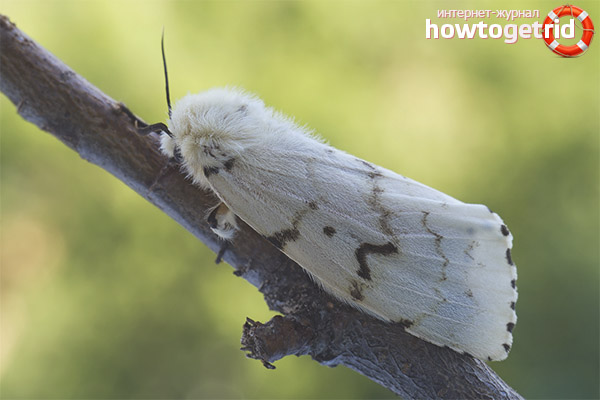
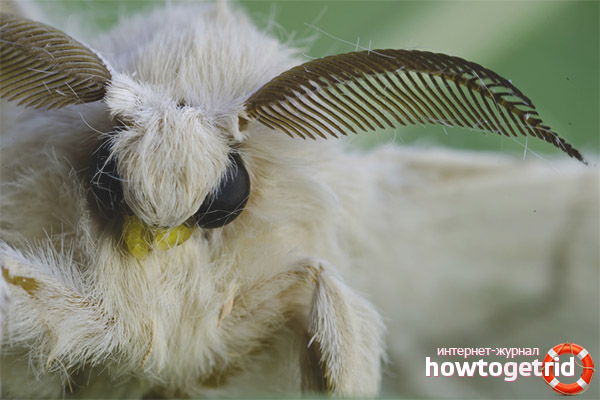
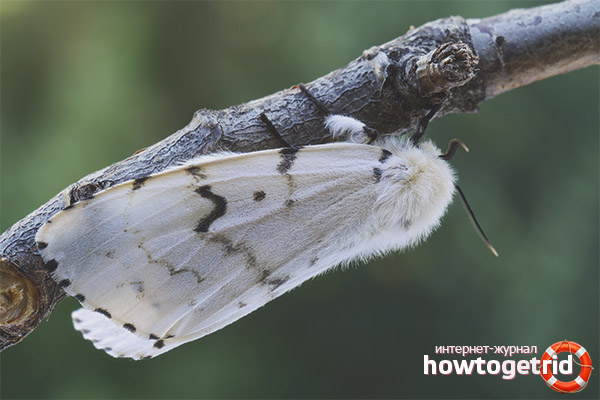
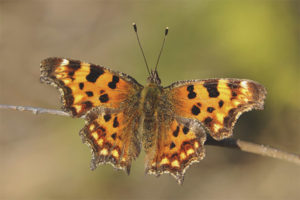
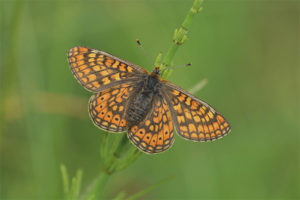
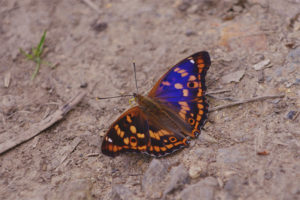

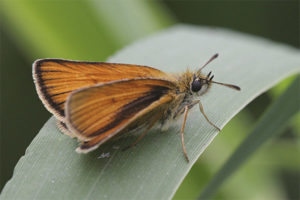
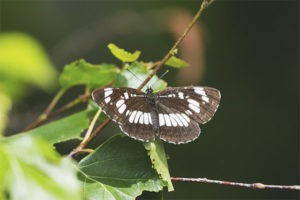
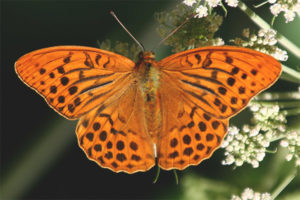
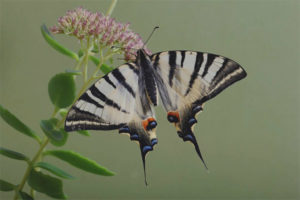
Submit